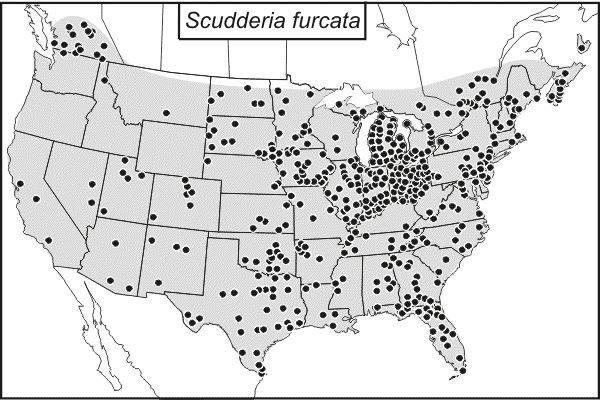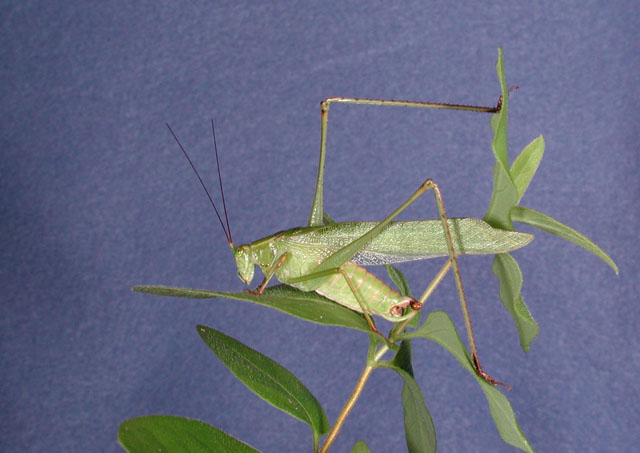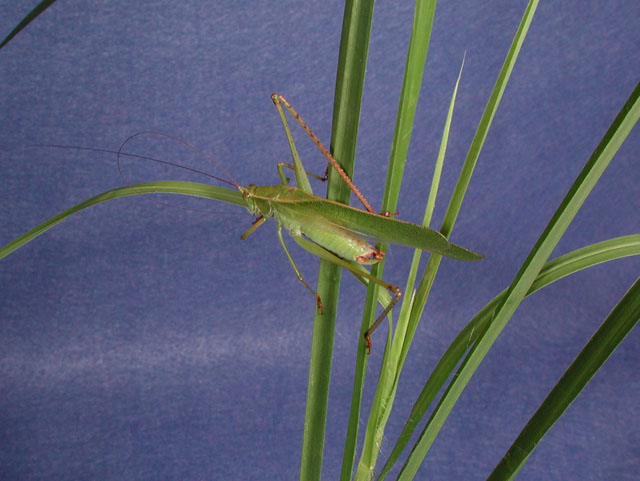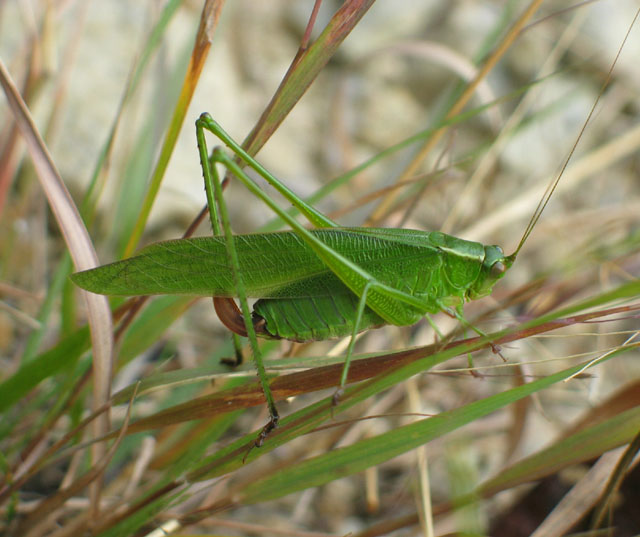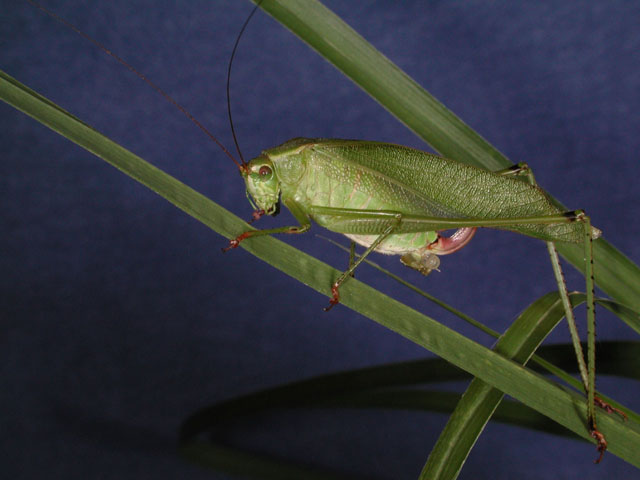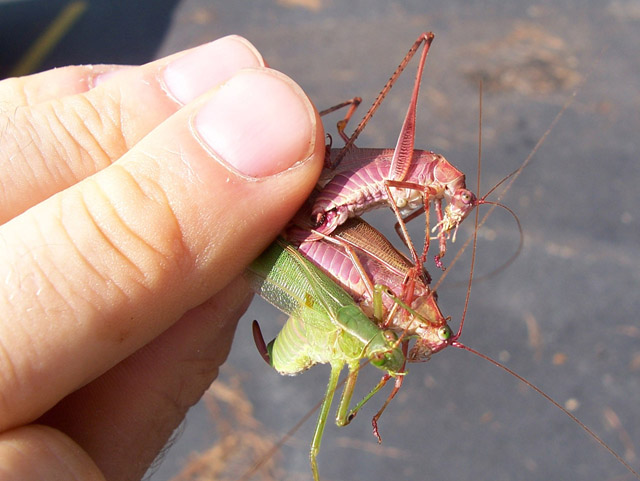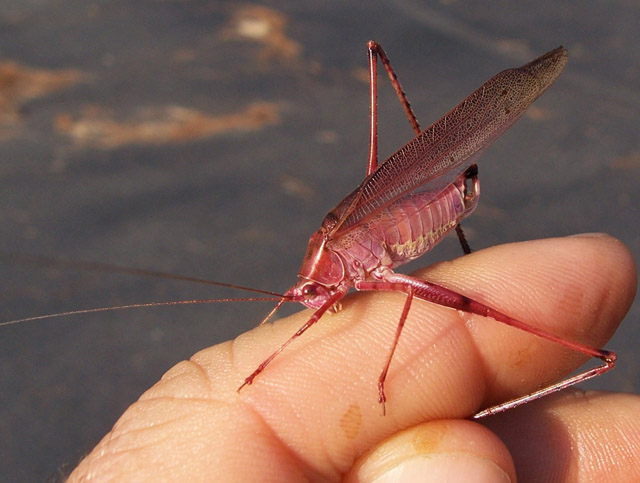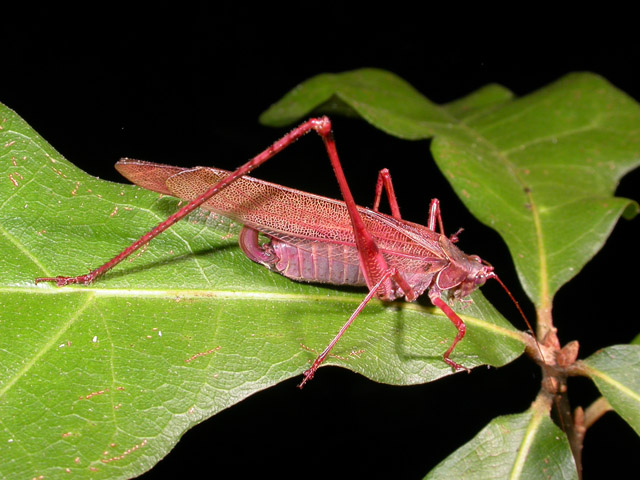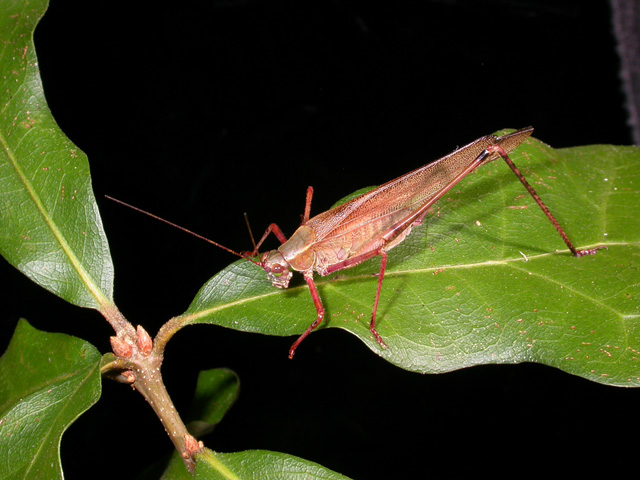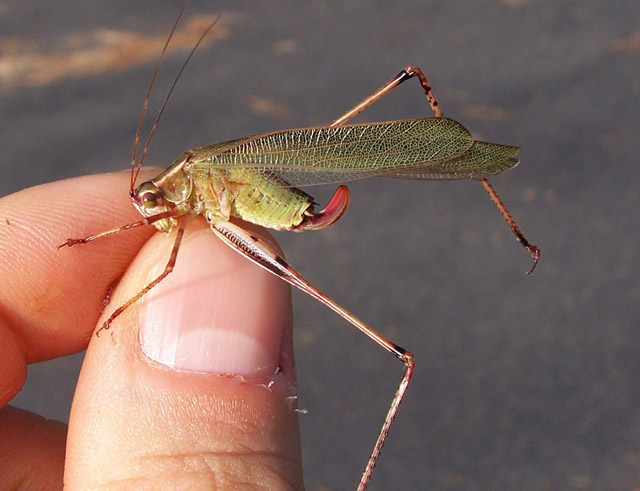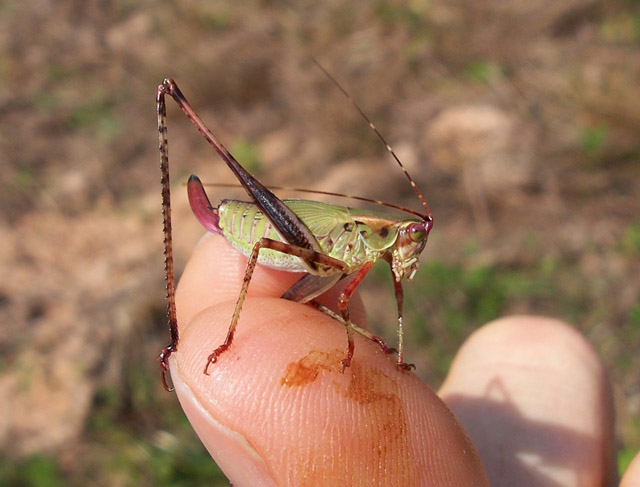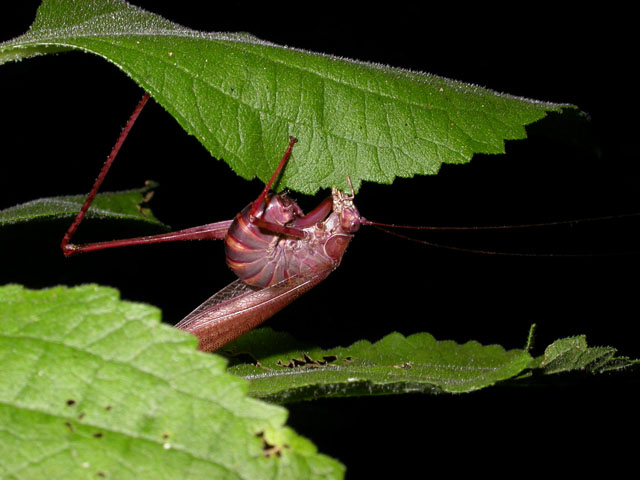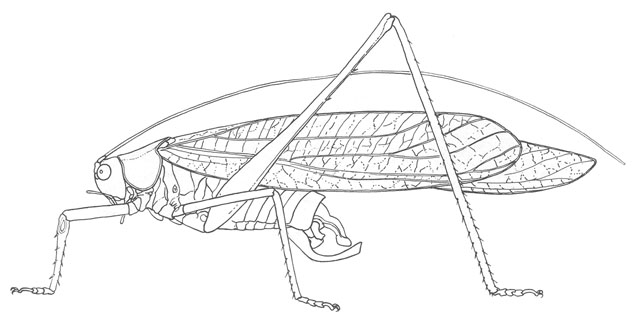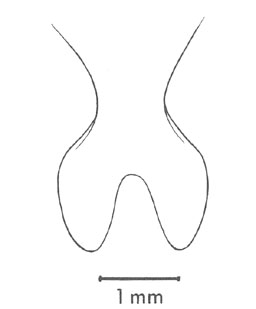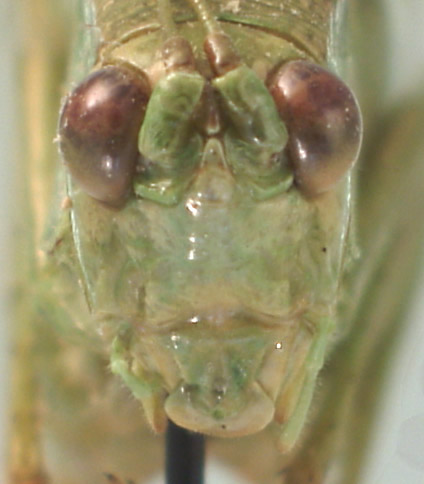|
Color forms:
|
S. furcata is leaf-green throughout most of the United States. John Spooner, who has studied furcata populations in many localities in the U.S., reports that he found only the green morph until he discovered, along with green morphs, dark morphs of predominantly brown and reddish brown colors in Jefferson and Garland Counties, Arkansas, and in Bell and Barber Counties, Texas, in 1966; and in Brazos, Brazoria, Harris, Jackson, and Lavaca Counties, Texas, in 1967. In 1990 and 1998, he returned to Arkansas and found intergrades of green, brown, and black colors in specimens from Garland, Hot Springs, Montgomery, and Polk Counties. The green morphs were not bright leaf-green as found over most of the US. In 2005, Steve Shively discovered a variety of color forms including, in addition to Spooner's colors, bright reddish and pinkish individuals among the furcata of Rapides Parish, Louisiana. It is convenient to categorize individual specimens of furcata as green, red, pink, and brown because of the predominant color impression one gets. However, for the species as a whole, such categorization is not completely successful. Most specimens from anywhere in the U.S. have more than one color. Where leaf-green is the predominant color, reduced patches of red, yellow, black, purple, brown, and white may be found on the body. In the range where darker colored specimens prevail, there is a wide range of intergrades of various colors among individuals as well as on any one individual. Steve Shively is currently working to learn more about the prevalence of color forms in Rapides Parish, and John Spooner is studying genetic and developmental aspects of the color variation.
This summary of what is known of the color forms of S. furcata was contributed to SINA by John Spooner in June 2006.
|
|
Seasonal data:
|
N. Fla. seasonal data.
|
|
Nomenclature:
|
OSF (Orthoptera Species File Online).
|




